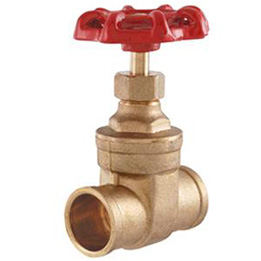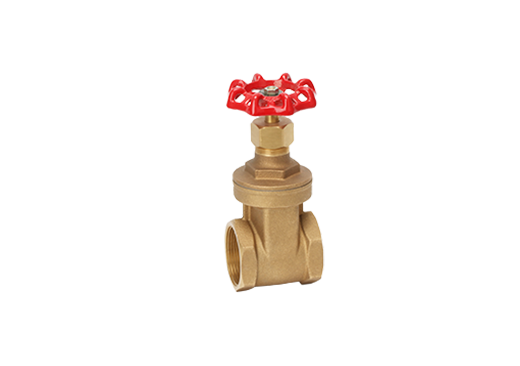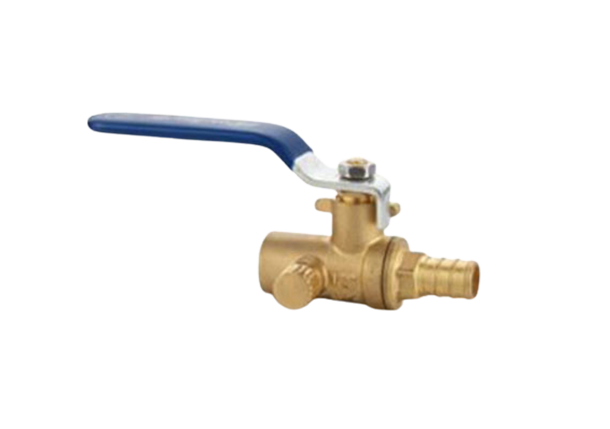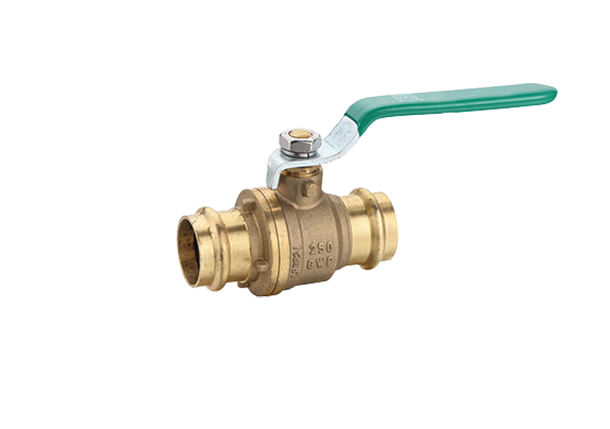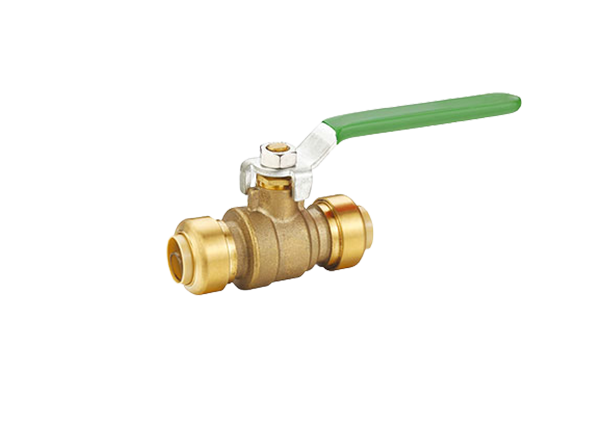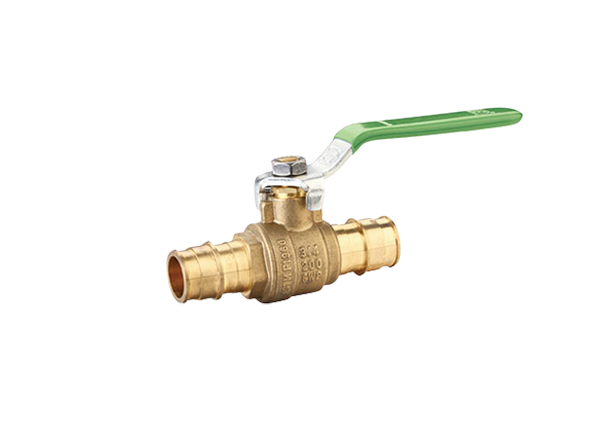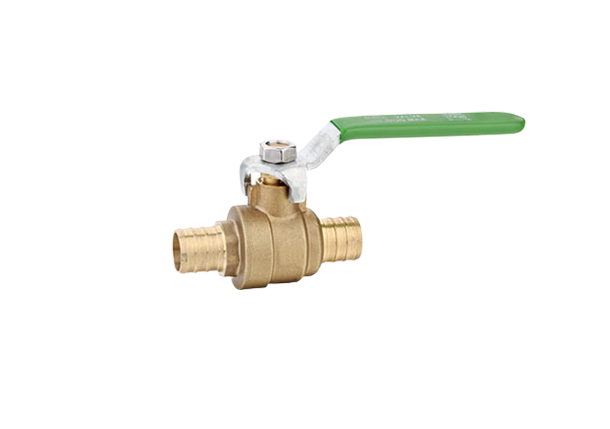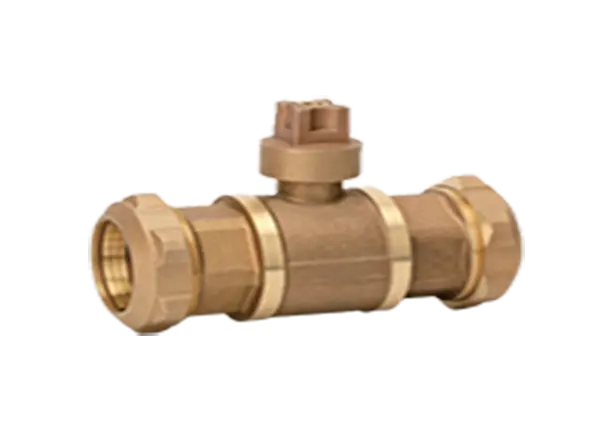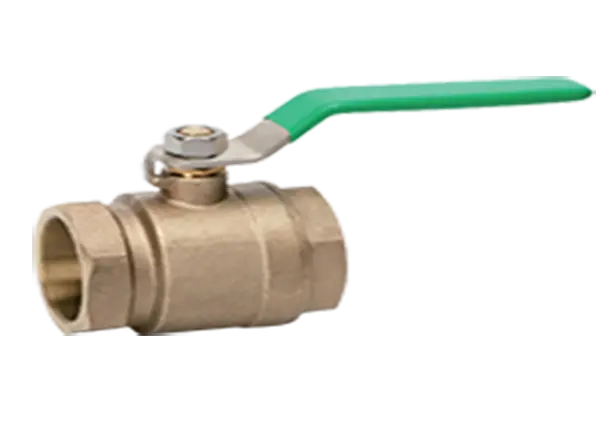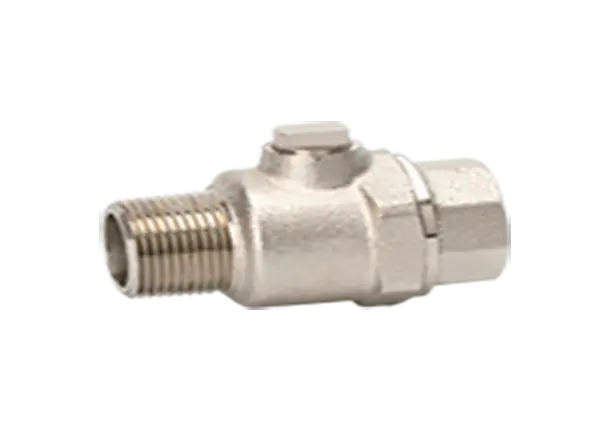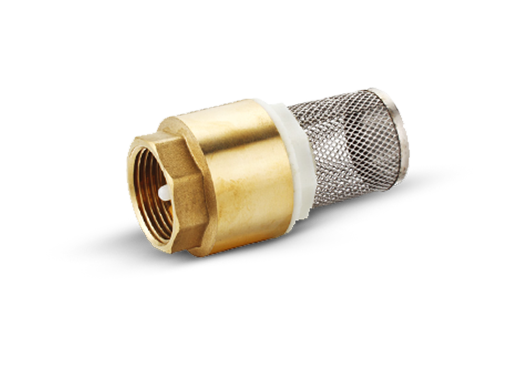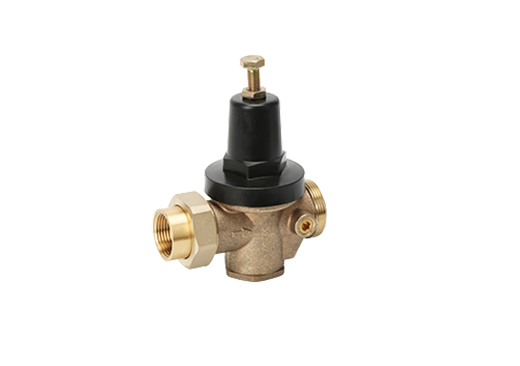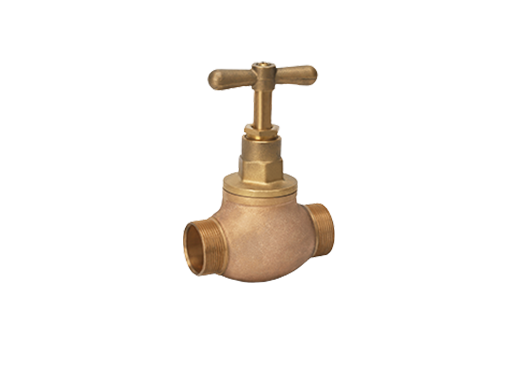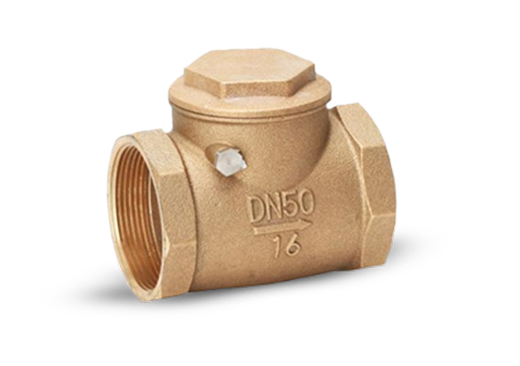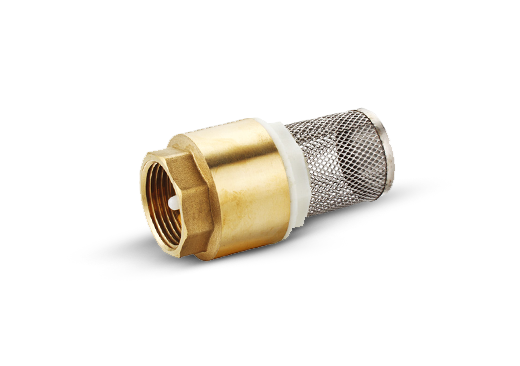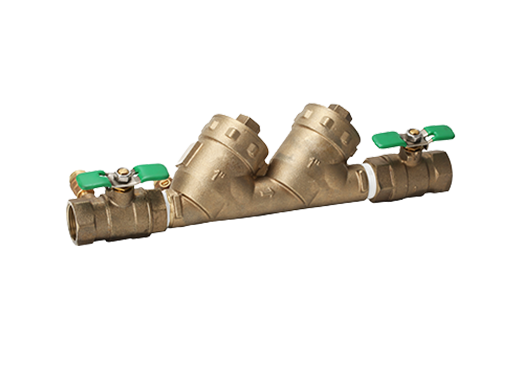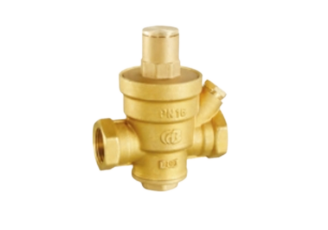Factors Influencing the Performance and Efficiency of Expansion Ball Valves
Expansion ball valves play a crucial role in regulating the flow of fluids and gases in various industrial applications. These valves are designed to control the expansion and contraction of pipelines due to temperature fluctuations, ensuring smooth and efficient operation. However, to achieve optimum performance and efficiency, several factors need to be considered during the selection and installation process. In this blog, we will discuss the key factors that influence the performance and efficiency of expansion ball valves.
Material Selection
The choice of materials for expansion ball valves is crucial as it directly affects their reliability, durability, and resistance to corrosion. Different applications require various materials, such as stainless steel, brass, or certain alloys, depending on the nature of the fluid or gas being handled. The material's resistance to extreme temperatures, pressure ratings, and compatibility with other pipeline components are essential considerations to ensure long-term performance and efficiency.
Valve Size and Type
The size and type of expansion ball valve are significant determining factors in their performance and efficiency. The valve size should be selected based on the flow rate required, ensuring that it can handle the expected load without causing excessive pressure drop. Moreover, the valve type, such as full port or reduced port, should be chosen based on the system's specific requirements. A full port valve allows for higher flow rates, while a reduced port valve offers better throttling capabilities. Understanding the application's needs and selecting the appropriate valve size and type can significantly enhance the performance and efficiency of the valve.
Actuator Selection
The actuator is an essential component of an expansion ball valve as it enables remote control and automation. Choosing the right actuator is crucial to ensure proper valve operation and enhance overall efficiency. Factors such as torque requirements, power source availability, and automation compatibility should be considered when selecting the actuator. Electric, pneumatic, or hydraulic actuators are commonly used, each offering different advantages depending on the application. Integrating the appropriate actuator with the expansion ball valve ensures smooth operation and efficient control of the fluid flow.
Installation and Maintenance
Proper installation and regular maintenance are critical for maximizing the performance and efficiency of expansion ball valves. Improper installation can lead to leaks, malfunctions, and reduced lifespan of the valve. Each valve should be installed according to the manufacturer's guidelines and industry standards, considering factors such as valve orientation, pipeline alignment, and sealing integrity. Regular maintenance activities, such as lubrication, inspection, and cleaning, should be performed to prevent any potential issues that may hamper performance. Timely replacements or repairs of worn-out or damaged components can also help maintain the valve's efficiency.
Expansion ball valves are indispensable in industries where temperature fluctuations impact pipeline systems. Taking into account the material selection, valve size and type, actuator selection, and proper installation and maintenance can significantly improve their performance and efficiency. A well-chosen and maintained expansion ball valve will ensure a reliable and efficient fluid flow control, contributing to the smooth operation of industrial processes.
In conclusion, the selection and installation of expansion ball valves should be done meticulously to achieve optimum performance and efficiency. Considerations such as material selection, valve size and type, actuator selection, and adherence to proper installation and maintenance practices are crucial. By addressing these factors, industries can harness the full potential of expansion ball valves in regulating fluid and gas flows, resulting in enhanced productivity and system reliability.
Different Carbo Valves For Sale

